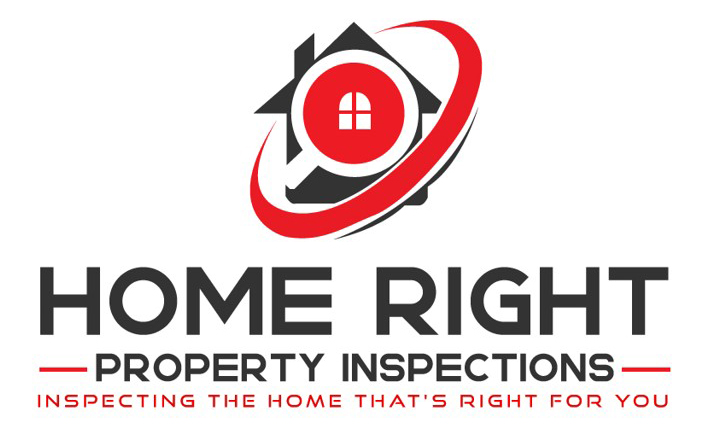A deck is a fantastic outdoor space for relaxing and entertaining, but it’s crucial to make it safe for everyone who uses it. A poorly maintained or improperly built deck poses serious safety hazards. Here are some practical tips and strategies to make your deck safer and more enjoyable.
Regular Inspection and Maintenance
One of the most critical parts of deck safety is regular inspection and maintenance. Over time, weather and wear cause materials to deteriorate. Check for signs of rot, loose boards, rusted fasteners, and weakened support structures. It’s particularly important to inspect areas where the deck attaches to your home, as this is a common failure point. Replace damaged parts promptly, and hire a professional for a thorough inspection if you’re unsure about the integrity of your deck.
Secure Railings and Stairs to Make Your Deck Safer
Railings and stairs are critical safety components of a deck. Confirm that all railings are securely fastened and at the proper height, typically around 36 to 42 inches, depending on local building codes. The spacing between balusters should be no more than four inches to prevent small children from slipping through. Staircases should have sturdy handrails on both sides and evenly spaced, level steps. Check for wobbly railings or loose steps and repair them immediately.
Slip-Resistant Surfaces
Decks can become slippery when wet, increasing the risk of slips and falls. To minimize this risk, use slip-resistant materials for the deck surface. Composite decking materials often come with slip-resistant textures, while natural wood can be treated with anti-slip coatings. Regularly clean your deck to remove moss, algae, and debris that creates slippery conditions. Placing outdoor rugs or mats in high-traffic areas will also provide extra traction.
Make Your Deck Safer With Proper Lighting
Adequate lighting is essential for deck safety, especially if you use your deck in the evening. Install lights along stairs, railings, and walkways to illuminate potential hazards. Solar-powered lights are an energy-efficient option and are relatively easy to install. Motion-sensor lights provide an extra layer of safety by automatically illuminating the area when someone approaches. Verify that all electrical components are rated for outdoor use and are weather-resistant.
Fire Safety Precautions
If you use grills and firepits on your deck, prioritize fire safety. Keep grills and fire pits away from the house and combustible materials. Make sure the deck surface and railings are made of fire-resistant materials, especially if you live in an area prone to wildfires. Always have a fire extinguisher nearby, and never leave fires unattended.
Secure Furniture and Accessories
Outdoor furniture and accessories may become safety hazards during strong winds or storms. All furniture should be sturdy and in good condition. Use furniture anchors or bungee cords to secure items during bad weather. Be cautious with lightweight objects like umbrellas and decor, as they can become projectiles in high winds.
Making sure your deck is a safe area will make it more enjoyable for your family and friends to spend time and make memories.
Make Your Deck Safer FAQs
How often should I inspect my deck for safety issues?
It is recommended that you inspect your deck at least once a year, preferably in the spring or early summer. However, more frequent inspections may be necessary if your area experiences extreme weather conditions.
How can I childproof my deck without compromising its appearance?
To childproof your deck, install gates at stairways and consider using clear or decorative netting to close off open railing spaces. Add childproof latches to gate doors to prevent little ones from opening them. Choose products that blend with your deck’s design for a seamless look.
What should I do if my deck seems to be sinking or uneven?
If your deck appears to be sinking or uneven, it may be due to soil erosion, poor foundation, or structural issues. This situation requires immediate attention. Consult a professional to assess the problem and determine whether reinforcement, re-leveling, or complete replacement of the deck is necessary.
What are the common signs of deck rot, and how can I spot them?
Signs of deck rot include discoloration, softness in the wood, splintering, and a musty smell. Test for rot by gently poking the wood with a screwdriver; if it feels soft or crumbly, it may be rotting.
What should I do if I notice rust on my deck fasteners or hardware?
Rust will weaken the structural integrity of your deck. Replace rusted screws, nails, or bolts with galvanized or stainless steel options, which are more resistant to rust and corrosion.
Home Right Property Inspections offers inspections to homebuyers and sellers in the southern California area. Contact us to request our services.

